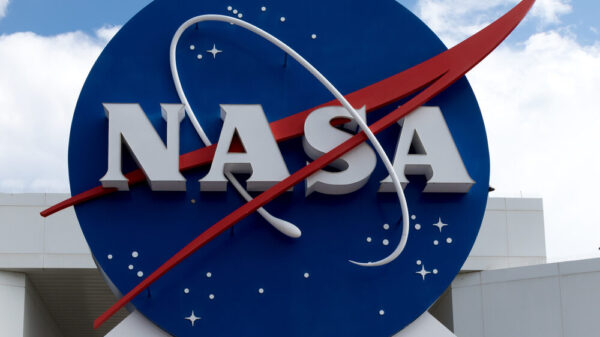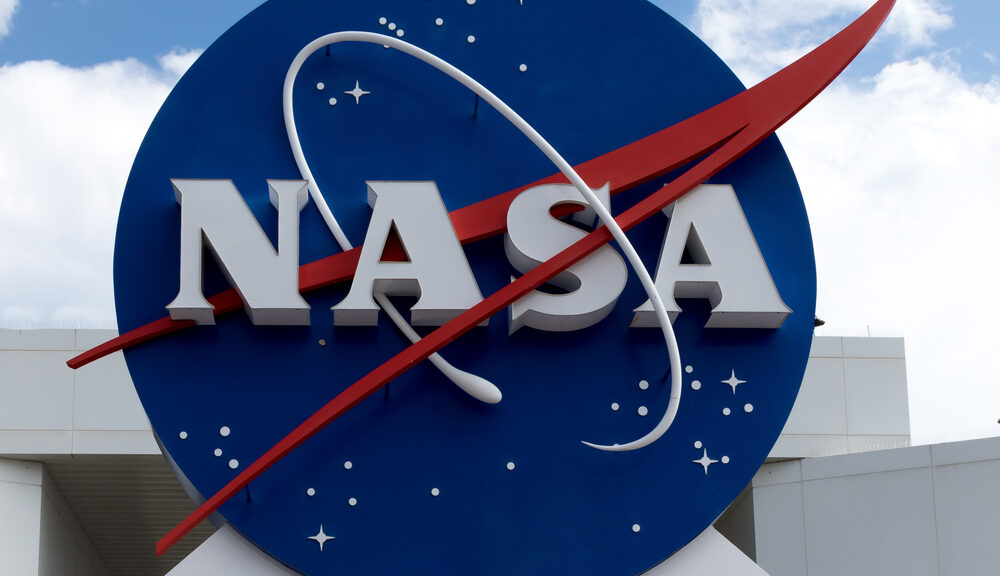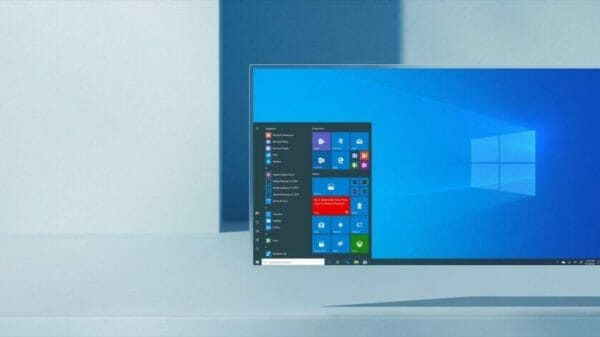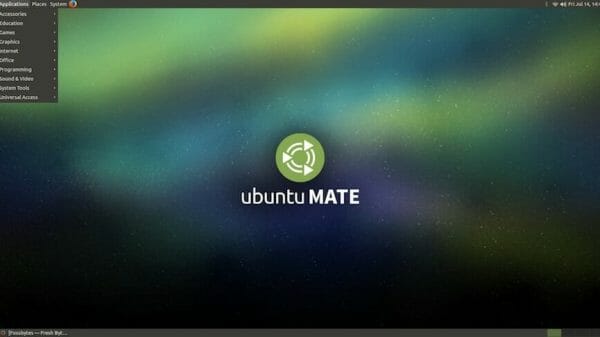Recently, we delved into the intricacies surrounding time zones and the Moon’s distinctive temporal structure. While Earth’s time is Sun-centered, the Moon adheres to a different cadence due to its association with the Sun. As we prepare to venture to the Moon again, addressing the temporal disparities becomes of paramount importance. NASA has now been assigned the task of formulating a lunar chronology shortly after our prior deliberation, sparking curiosity about potential interest from the Presidential administration.
Grasping the Concept of Relativity
The complexity arises from the fundamental and specialized theories of relativity. The motion of the Moon and its weaker gravitational pull compared to Earth lead to a divergence in the passage of time on the lunar surface. This results in an average advancement of 58.7 microseconds per Earth day. This temporal discrepancy fluctuates and experiences periodic variations.
Although seemingly insignificant, this temporal deviation accumulates over time, presenting significant implications for precise timing in space-related missions. Even if NASA opts to employ Coordinated Universal Time (UTC), relativity renders it unfeasible. Space technologies such as lunar satellite navigation heavily depend on accurate timing that accounts for this time dilation effect. For instance, the functionality of GPS relies on relativistic adaptations, and ensuring this precision on the Moon necessitates accommodating these distinctive temporal fluctuations. Future lunar endeavors such as trade and communication will also rely on consistent chronological standards for seamless operations.
The directive to tackle this challenge has emanated from the highest authority. A memorandum from the Executive Office of the President has mandated NASA with formulating a standardized lunar temporal solution by December 31, 2026. This Coordinated Lunar Time (LTC) should synchronize with Coordinated Universal Time (UTC) to facilitate seamless coordination between Earth-linked endeavors and lunar missions. LTC must supply accurate timing for scientific and navigational purposes while ensuring resilience in the face of communication disruptions with Earth-based systems.
Furthermore, the envisioned LTC standard should be adaptable to potential future interstellar expeditions beyond the Earth-Moon system, where diverse relative speeds and gravitational conditions will necessitate distinct temporal tracking methodologies.
The deadline presents NASA with an opportunity to devise a plan to address this temporal discrepancy. However, a timeframe of less than two years is relatively short for a governmental organization. It is conceivable that NASA’s approach will involve deploying timekeeping instruments on the Moon to closely monitor temporal differentials between the lunar and terrestrial environments.
While NASA may not require a large time exhibit on the Moon akin to the US Naval Observatory, the concept is intriguing. Prominent figures like Kevin Coggins, NASA’s head of space communications and navigation, have already taken on the challenge. Coggins highlights the significance of a dependable timing system on the Moon resembling the atomic clocks at the US Naval Observatory, which synchronize various operations.
Currently, the development of CLT (Coordinated Lunar Time) falls within NASA’s purview. The initiative will necessitate cooperation with the Departments of Commerce, Defense, State, and Transportation, presenting logistical hurdles in coordinating meetings among these entities.
Introducing novel temporal standards involves substantial costs, necessitating expert opinions, extensive research, and state-of-the-art equipment. Additionally, space-grade atomic clocks come with a significant price tag. Nevertheless, the US government envisions NASA taking the lead among space-bearing nations in establishing a lunar temporal standard that will advance future space missions.
Image Source: L Galbraith / Shutterstock





























